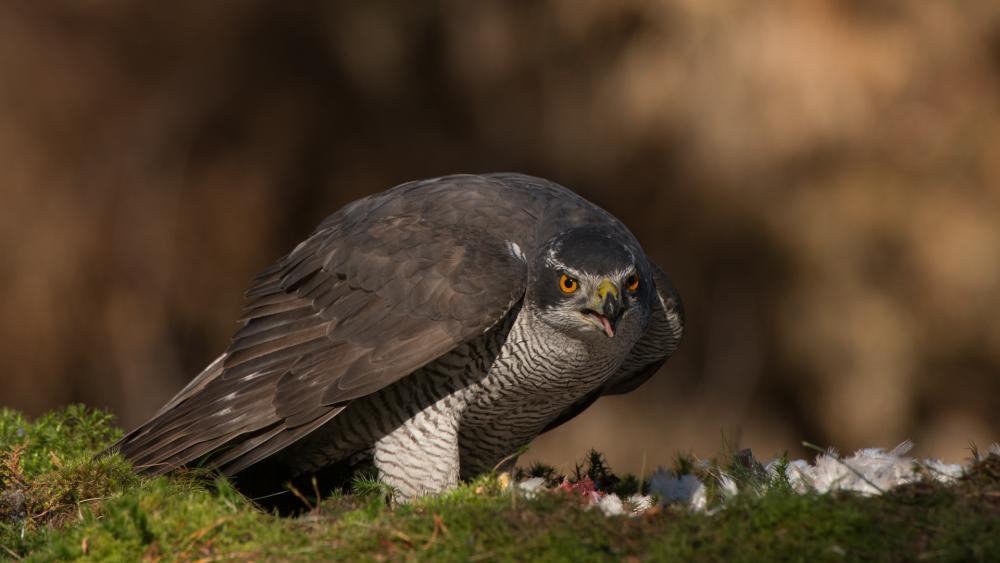| Citation |
BirdLife International 2016. Accipiter gentilis. The IUCN Red List of Threatened Species 2016: e.T22695683A93522852. http://dx.doi.org/10.2305/IUCN.UK.2016-3.RLTS.T22695683A93522852.en. Downloaded on 14 October 2019. |
Description |
JUSTIFICATION
This species has an extremely large range, and hence does not approach the thresholds for Vulnerable under the range size criterion (extent of occurrence <20,000 km2 combined with a declining or fluctuating range size, habitat extent/quality, or population size and a small number of locations or severe fragmentation). The population trend appears to be stable, and hence the species does not approach the thresholds for Vulnerable under the population trend criterion (>30% decline over ten years or three generations). The population size is very large, and hence does not approach the thresholds for Vulnerable under the population size criterion (<10,000 mature individuals with a continuing decline estimated to be >10% in ten years or three generations, or with a specified population structure). For these reasons the species is evaluated as Least Concern.
DESCRIPTION
The European population is estimated at 166,000-220,000 pairs, which equates to 332,000-440,000 mature individuals. Europe forms approximately 26% of the global range, so a very preliminary estimate of the global population size is 1,280,000-1,690.000 mature individuals, although further validation of this estimate is needed. It is placed in the band 1,000,000-2,499,999 mature individuals.
Trend Justification: Globally, the population trend is considered unknown. This species has had stable population trends over the last 40 years in North America (data from Breeding Bird Survey and/or Christmas Bird Count: Butcher and Niven 2007). In Europe and the EU27 the population size is estimated to be decreasing by less than 25% in 21 years (three generations) (BirdLife International 2015).
HABITAT AND ECOLOGY
Behaviour The species is mainly resident, but its northernmost populations in North America, Scandinavia and Russia migrate south between September and November, returning in March and April (del Hoyo et al. 1994, Snow and Perrins 1998). Soaring flight is used frequently (Snow and Perrins 1998). It is always seen singly or in pairs (Ferguson-Lees and Christie 2001). Habitat It inhabits mature woodland, preferring areas near clearings and the forest edge (del Hoyo et al. 1994). Diet Small birds and mammals make up the vast majority of its diet, with grouse, pheasants and partridges being especially important in boreal zones (del Hoyo et al. 1994). Breeding site Nests are built on the forks or branches of large trees (del Hoyo et al. 1994). Management information The speciess optimal habitat appears to be areas of farmland interspersed with mature forest; afforestation has improved its status across parts of its range (del Hoyo et al. 1994).
THREATS
Significant declines in Europe in the 19th-20th centuries are thought to have resulted from persecution and deforestation, with later declines in the 1950s-1960s a result of poisoning from pesticides and heavy metals. Persecution continues to be a threat, as is nest robbing for falconry (Orta and Marks 2014). It is also highly vulnerable to the impacts of potential wind farm developments (Strix 2012). In Alaska, U.S.A. clear-cut, even-aged, short-rotation forest management reduces habitat quality for the species as does removal of old growth forest patches (Iverson et al. 1996).
|


